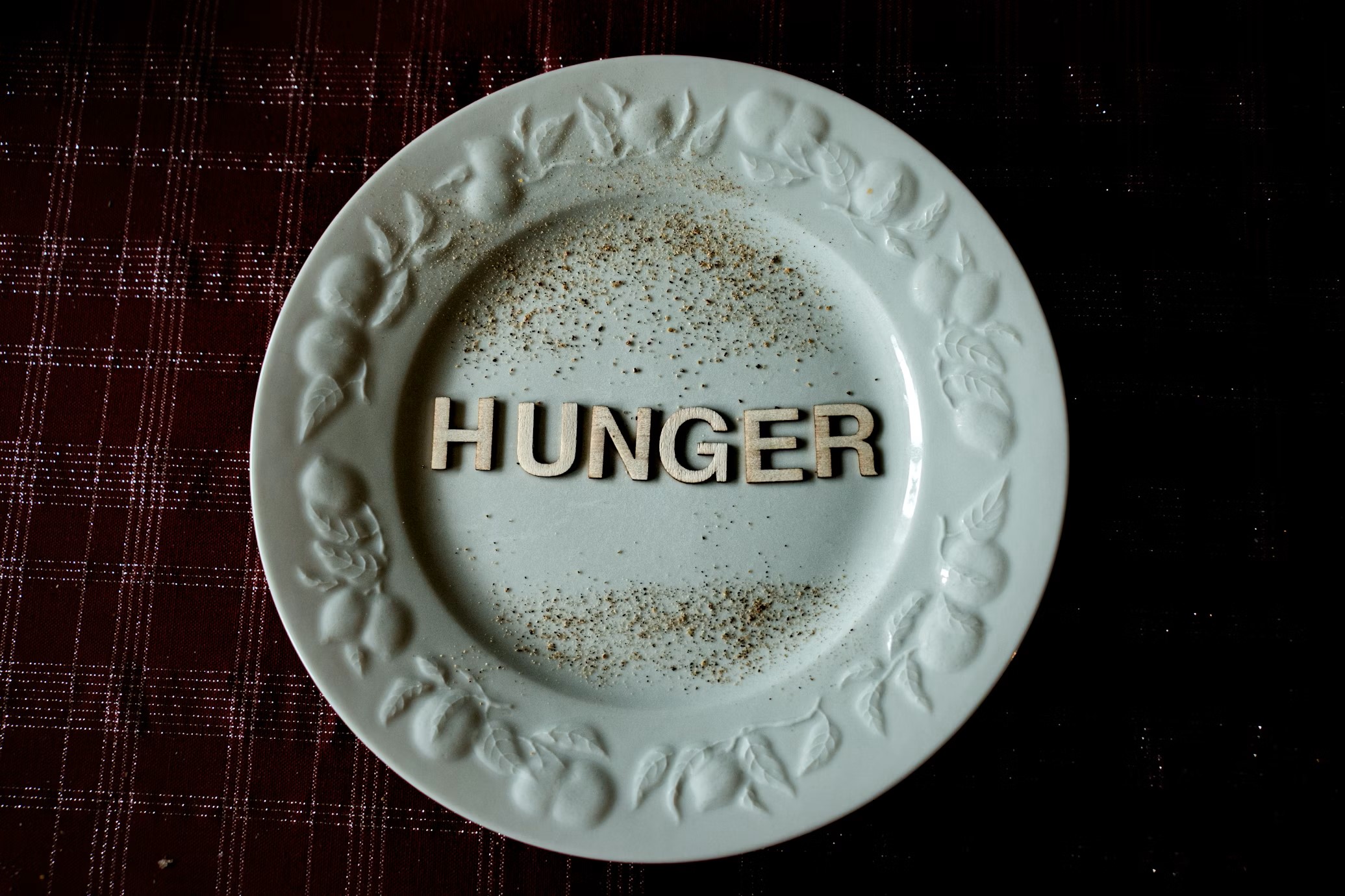
The Hidden Crisis: Malnutrition Among Women in India
The caste system. The patriarchy. The misogyny. The poverty. The hunger. The inequality. All unequal, all different and differently experienced by every woman in India.
Yet, there’s one common denominator between women of all castes and classes: malnutrition.
Imagine a woman facing hunger every day, not because there's no food, but because she's expected to feed her family first. This unfair reality is what millions of women in India struggle with. This blog explores the reasons behind this hidden crisis, revealing the layers of discrimination that leave women malnourished despite living in a land of plenty.
A Silent Battle
Think of the bustling markets in Delhi or quiet farms in Rajasthan, where countless women face a hidden hunger. They might have food around them, but societal norms often dictate who gets to eat first, and women often end up last.
This unfair reality, backed by data showing widespread malnutrition and anaemia among Indian women, paints a disturbing picture: hunger isn't just about food availability, it's about deep-rooted biases that leave women fighting for basic nourishment.
About Caste, Class, and the Empty Plate
Diving deeper, the malnutrition crisis cannot be separated from the interplay of caste, class, and gender. Women from marginalised communities or lower economic backgrounds have it twice as bad, with their access to food and healthcare curtailed by societal norms and cultural practices. Add to this the traditional expectation for women to put their families' needs before their own, and the nutritional gap widens, leaving them even more vulnerable.
A Fight for Recognition
The battle against malnutrition isn't just about food. It's about being seen as a human being, not just a nurturer. In a society that often prioritises men's needs, women's health struggles are pushed aside. This silence fuels their fight, a fight for basic needs intertwined with a fight for respect and autonomy.
But across the country, women are rising up. They're not waiting to be seen—they're organising hunger strikes, and using social media to amplify their voices. These are the heroes, pulling the issue from the shadows, and demanding change. Their fight isn't just for food, it's for a future where every woman has a seat at the table, both literally and figuratively.
A World Where Every Plate is Full
Solving this crisis is about dismantling the systems that perpetuate it. Educating women, and empowering them economically and politically, is the key. Policies need to be crafted with empathy, understanding the unique challenges faced by women from different castes and classes.
By lifting up their voices, and tackling the root causes of hunger, India can build a future where no woman has to fight for her basic right to food. This fight is not just about sustenance; it's about building a society where everyone is valued and respected.
If you or somebody you know wants to understand how to deal with or address this nutrition gap, consider reaching out to our ‘Support’ and ‘Engage’ verticals for affordable and inclusive help!
Like our content? Please show us some support by sharing and upvoting!
Image Credits - Pexels.com
